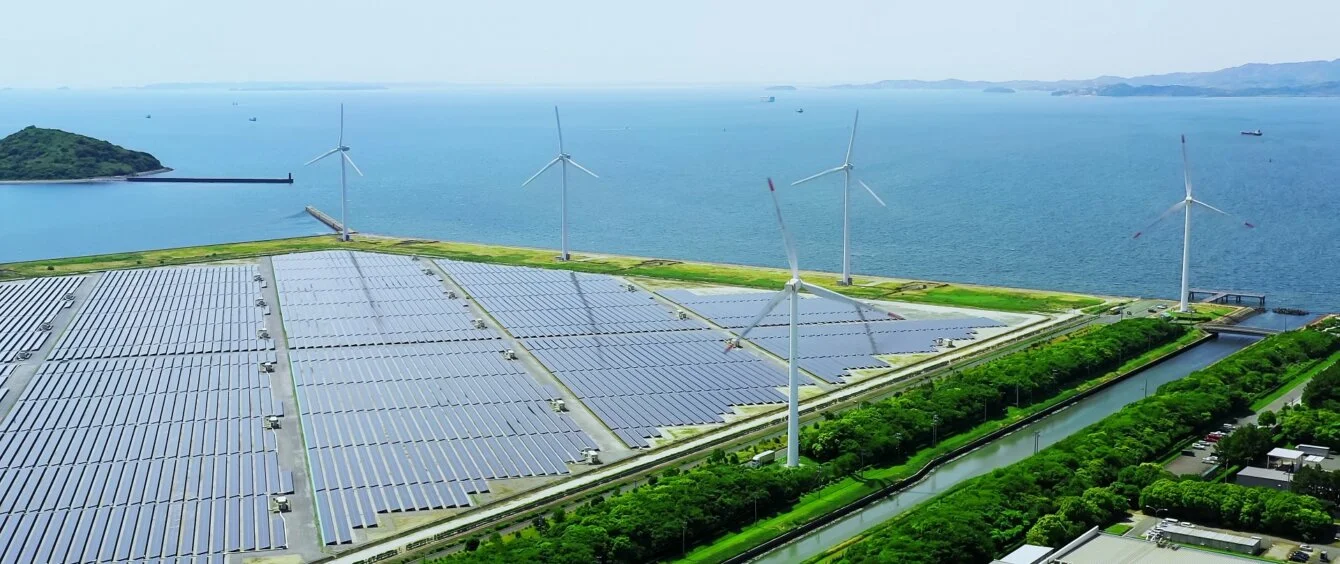After a record breaking 2022, renewable energy investment continued to surge ahead in the first half of 2023. Total investment rose 22%, compared with the same period last year, to $358 billion, according to consultancy BNEF’s latest Renewable Energy Investment Tracker report.
The star performer was unquestionably solar power, which saw investment surge to $239 billion in large and small-scale systems, a 43% increase on the first half of 2022. Almost half of this came in China, but the US, at $25.5 billion, hit an all-time high, 75% up on first-half 2022.
In fact, solar spending records tumbled across the world, including in Germany, Poland and the Netherlands, as well as South Africa and Saudi Arabia.
Onshore wind investment declines
However, investment in wind power dropped 8% in the first half of 2023 to $94 billion. Onshore wind spending fell 21%, the fourth consecutive quarterly decline.
According to the report, this reflects grid constraints, slow permitting and faltering policy support in a number of markets. This has limited the number of ready-to-go projects, which in turn reduces the level of asset financing flowing into the sector.
Nonetheless, while onshore wind struggles to maintain momentum, offshore wind performed strongly.
Investment in the first six months of 2023 was 47% up on the year earlier period at $29.2 billion, with Europe leading the way. The Japanese and Taiwanese markets also saw higher investment in the first half of the year, compared with first-half 2021.
Investment levels still need to rise
The data does not capture total energy transition spending. In its 2022 summary of clean energy investment, which includes sectors such as electrified heat and transport, BNEF put global energy transition investment at $1.11 trillion, up 31% on 2021.
In a similar exercise, the International Renewable Energy Agency (IRENA) put global investment in energy transition technologies at $1.3 trillion last year.
IRENA said spending needed to at least quadruple to remain on track with its 1.5°C scenario, detailed in its World Energy Transitions Outlook 2023. It said investment in renewable energy, at $500 billion in 2022, was unprecedented, but still represented less than one third of that required.
BNEF’s 2022 report estimated that investment levels needed to increase by a factor of three to get on track for a net zero carbon world by 2050. The message has not changed in its latest update, despite the record setting levels of new investment.
BNEF estimates that a total of $8.3 trillion needs to be spent on renewable energy deployment between 2023 and 2030. Moreover, this investment needs to be front-loaded as clean power is essential to support the decarbonisation of other sectors, such as industry and transport.
Funds must be distributed better
Meanwhile, the International Energy Agency (IEA) has highlighted another issue — the unevenness of global energy transition spending, which is heavily concentrated in China and developed economies. The agency recently called for immediate action to ramp up the level of private finance moving into clean energy spending in emerging and developing economies.
As a result, despite the welcome record in new investment, spending levels need to rise substantially and broaden geographically to get on track for net zero, with a focus on renewable energy as the foundation for industrial and transport decarbonisation via electrification.
This implies no let up in support for solar and offshore wind, as well as a speedy reversal of the downward trend in onshore wind investment.
